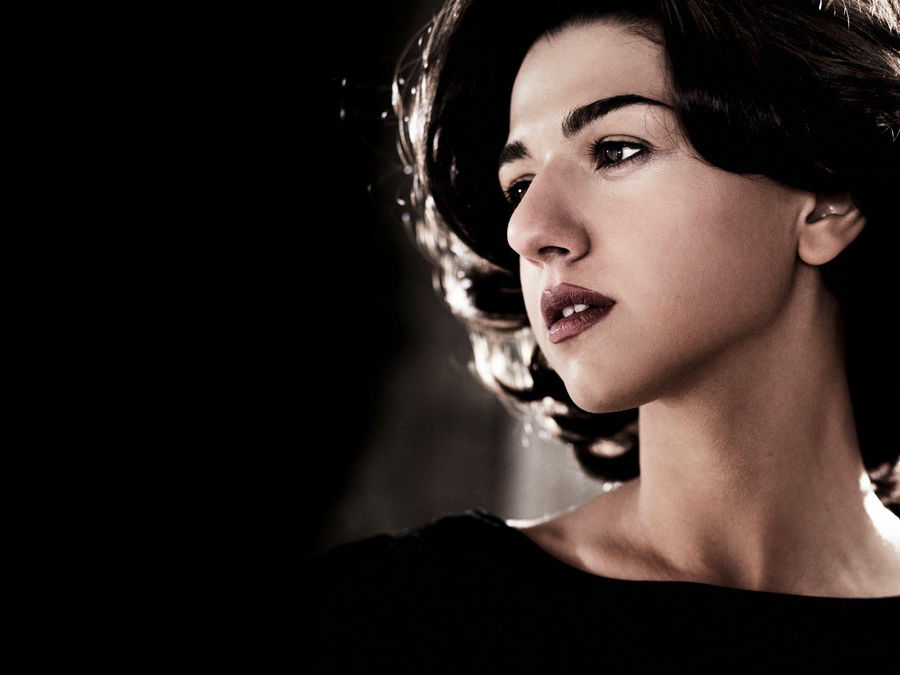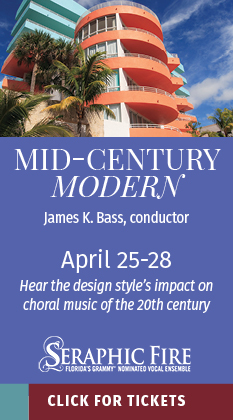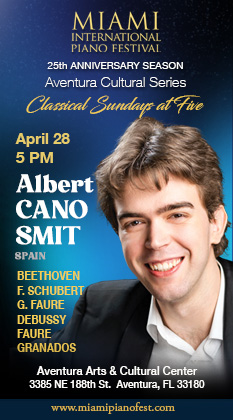Lisztian sparks fly in young pianist’s Royal Philharmonic showcase

The Royal Philharmonic Orchestra has an impressive name, a golden past and a recently severed link to one of Palm Beach’s most unsavory residents.
At a concert Sunday at the Kravis Center in West Palm Beach under conductor Mark Wigglesworth, the orchestra displayed a rich, full-bodied sound, top-flight first-chair soloists and an exciting, committed style of playing.
Founded just after World War II by the charismatic conductor Sir Thomas Beecham, whose witticisms are still repeated by musicians, the orchestra quickly entered the front rank of British orchestras, winning glowing reviews and embarking on international tours.
After Beecham’s death in 1961, the Royal Philharmonic fell into financial difficulties and lost some of its stature. Even the “Royal” connection weakened, as the ensemble cut ties last year with its patron Prince Andrew over the prince’s friendship with sex offender Jeffrey Epstein.
Foreign orchestras often bring works from their native land, and in this case it was William Walton’s Portsmouth Point Overture, a 1925 work from early in the composer’s career, intended to express the bustle of the Portsmouth waterfront.
Confidently snapping off Walton’s bumpy, complex rhythms, the musicians gave a polished evocation of the chaos of dockside activity. Strings sawed away frantically, as winds and brass broke in with fragments of melody, giving the concert a boisterous opening.
The young French-Georgian pianist Khatia Buniatishvili came on stage as soloist in Liszt’s Piano Concerto No. 2, a demanding virtuoso work that she brought off with dash, technical assurance and a feel for Liszt’s midnight world.
Liszt’s own performances came as close to rock concerts as any classical event in the 19th century, as women fought over the gloves he tossed off the stage and fainted at his playing, according to the historian and critic Harold Schonberg. Buniatishvili, clad in a bright red gown that prompted murmurs from the audience, entered fully into the composer’s sensual, theatrical world, and demonstrated the technique required to bring it to life. She dispatched runs of multiple notes, cascading octaves and other pianistic acrobatics with a smooth, liquid touch — important for works by a composer known for his own easy, unforced mastery at the keyboard.
She gave a captivating performance of the concerto’s main theme, and brought headlong excitement to the entire work as she hammered her way at high speed up and down the keyboard, easily holding her own in a musical artillery duel with the orchestra.
The orchestra’s performance was characterized by rich playing in winds and strings. Particularly noteworthy was the solo of principal cellist Richard Harwood, who gave a gorgeous performance of the main theme, full of warmth and tonal luster.
Wigglesworth conducted from memory in Rachmaninoff’s Symphony No. 2. Even more than most symphonies, this one relies heavily on the violins to carry the melodies. The Royal’s strings responded with a committed performance that provided much more than just a glorious wash of sound, although there was that too.
In between soaring melodies, the playing was pensive, with baleful glints of brass — exuberant, mist-shrouded and tense. Wigglesworth had the violins occasionally slide from note to note, a technique that may have made the music sound old-fashioned and sentimental to some, but it’s hard to overdo that sort of thing with Rachmaninoff, and it was effective here.
The Allegro molto, which serves as a kind of scherzo, opened with an effectively icy and brittle attack. Another soaring melody in strings followed, and then a fugue that the orchestra played with cool precision, with sharp entrances and unusual transparency, despite the complexity of the music.
As one of the world’s great melodists, Rachmaninoff produced tunes that would be lifted by generations of pop composers. In the symphony’s Adagio, listeners from the 1970s would recognize the theme from Eric Carmen’s hit “Never Gonna Fall in Love Again.” (Carmen also snatched a melody from Rachmaninoff’s Piano Concerto No. 2 for his song “All by Myself.”)
Strings again distinguished themselves, with violins again throwing in an occasional slide from note to note. A clarinet solo was particularly moving, with a rich, rounded tone as the melody moved forward almost shyly, then plunged ahead and hesitated again, over a pillow of harmonies in the orchestra.
The movement built through a surging crescendo in the full orchestra, as Wigglesworth drew every bit of energy and passion he could from the passage. The last movement was full of tense excitement, an edgy performance that discharged a lot of the emotion and tension built up in the previous movements.
As an encore, the orchestra performed the Russian dance from Tchaikovsky’s ballet The Nutcracker, a high-energy rush of sound that didn’t seem to last more than a minute but effectively capped off a fine concert.
Posted in Performances
Leave a Comment
Mon Jan 20, 2020
at 11:37 am
No Comments




